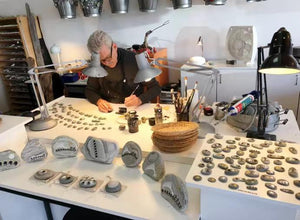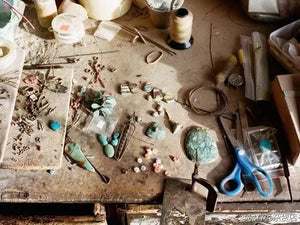The reasons for the best blue amber
Blue amber does not mean that amber itself is blue, but that it reflects a blue luster when exposed to sunlight. Overall, blue amber has a pale yellow body color, and the surface of the light is blue, which is more noticeable under sunlight or bright white light, and the blue color moves flexibly with the change of the angle of the light. Blue amber is a very rare variety of amber, because of its special optical effect and has attracted much attention, is recognized as the "king of amber" in the jewelry industry, in the past two years with the amber collection wind intensified, blue amber has received more and more attention, the price of blue amber in recent years has also soared: a few years ago, the price of high-quality blue amber is only more than 100 yuan, now each gram has exceeded 1,000 yuan, even 10,000 yuan, an increase of dozens of times, is worthy of the name of "expensive" perber, It is called blue amber because it can show blue reflection in sunlight or ultraviolet rays.

Now let's enjoy the blue amber with the Bodhita Crystal House!
Blue amber is a color classification in amber, and amber is a transparent fossil that has a history of tens of millions of years, through the resin secreted by trees such as pines and cypresses under the action of pressure and heat, formed by long-term changes in the earth's crust, because amber is often wrapped in bees and other small insects, so it is also called "pine resin fossil".

Blue amber has two meanings, one of which refers to amber varieties such as golden, green, blue-green, sky blue, and lilac in light other than ultraviolet rays. The second is the lakes produced in Dominica and Mexico, among which the blue sky and blue purple are the only colors in Dominica, which is known as the country's national treasure.
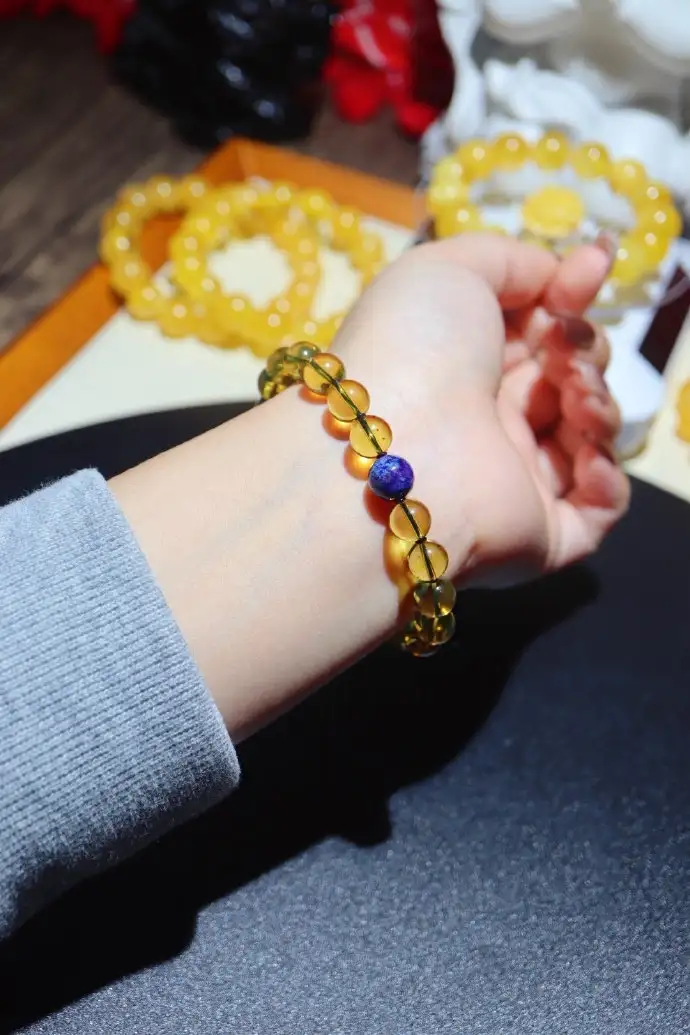
There are the following theories about the cause of the blue amber:
1. Algae plants run through and say:
Some scholars believe that amber is a regeneration of layered seafloor sediments. Amber has a low density and is easily carried by currents into shallow water at the edge of rivers, where diatom mud deposits are buried and sedimentary rocks are gradually formed. During the formation process, diatom plants buried at the same time can easily secrete oily substances, and these vegetable oils penetrate the interior of the amber, so that a blue hue similar to the blue luster seen on coal tar can be seen in the resulting amber.
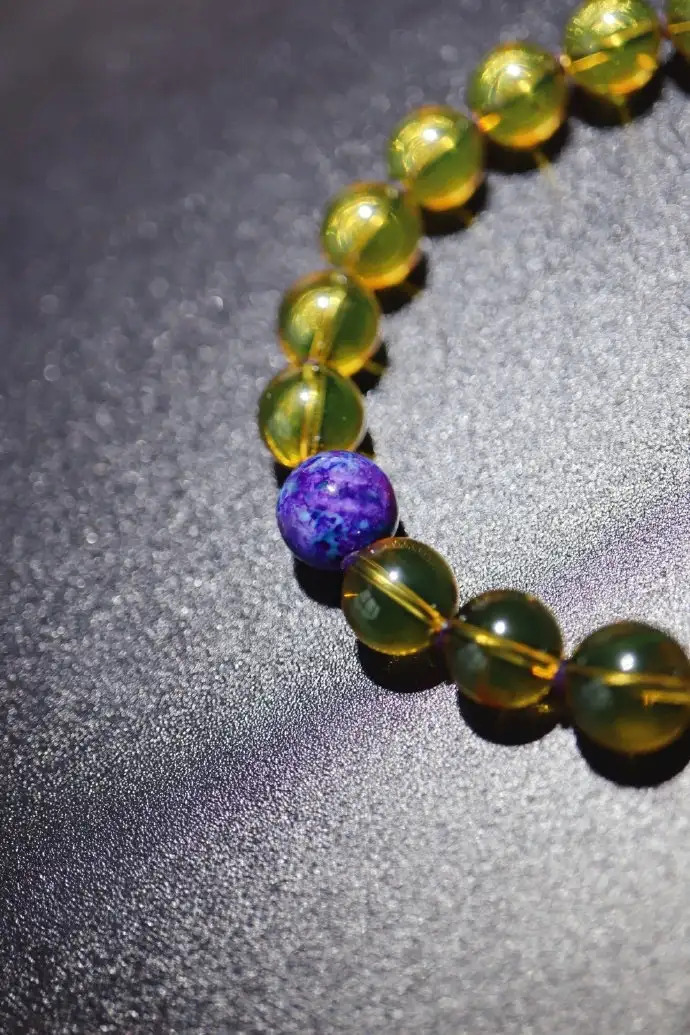
2. Geological chemical formation theory:
Another part of the scientists believe that amber is a mixture of natural organic compounds formed by a series of chemical compounds produced by geological action and buried deep for tens of millions of years. Although this explanation is scientific, it still does not explain some of the other properties of blue amber, such as the obvious fluorescence reaction is mostly concentrated on the surface and does not even disappear due to repeated polishing; why there are few internal features or only the internal features of the false remains are seen; Why are there so few bubbles and flow lines?
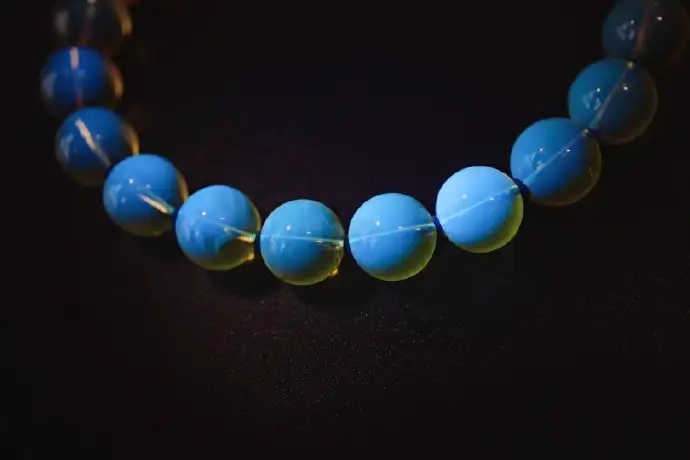
3. At present, there is a relatively scientific basis for the statement:
Blue amber is "blue" because of the unique hydrocarbons within the crystals, mainly in the Dominican Republic, and a small number of amber collected from the east coast of Mexico are blue. This is because Dominican blue amber originates from a leguminous ancient plant in the Dominican Republic, known as Hymenaea protera, which has long been extinct.
Thermal polymerization in the presence of sunlight produces aromatic multi-cyclic hydrocarbons, which, in the process of restoring the ground state, absorb high-energy ultraviolet photons from sunlight and emit photons in the low-energy visible light band, depending entirely on the absorbance of the fluorophore of the compound.
Appreciate the Bodhitta Crystal House together. Amber design with dancing crystals!
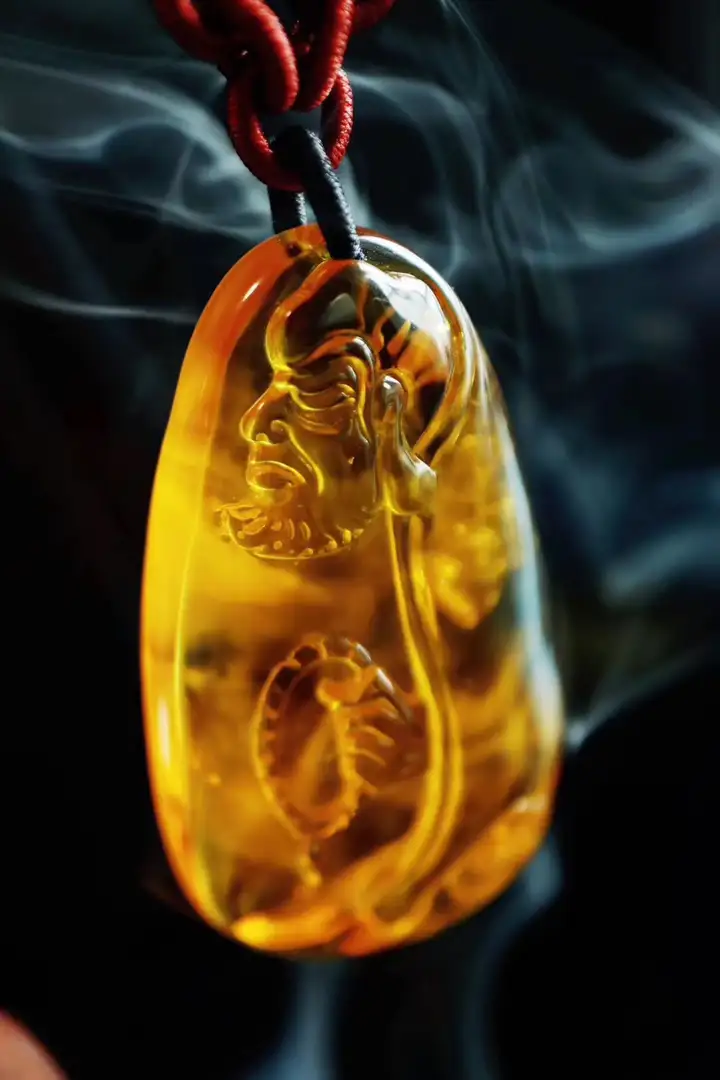
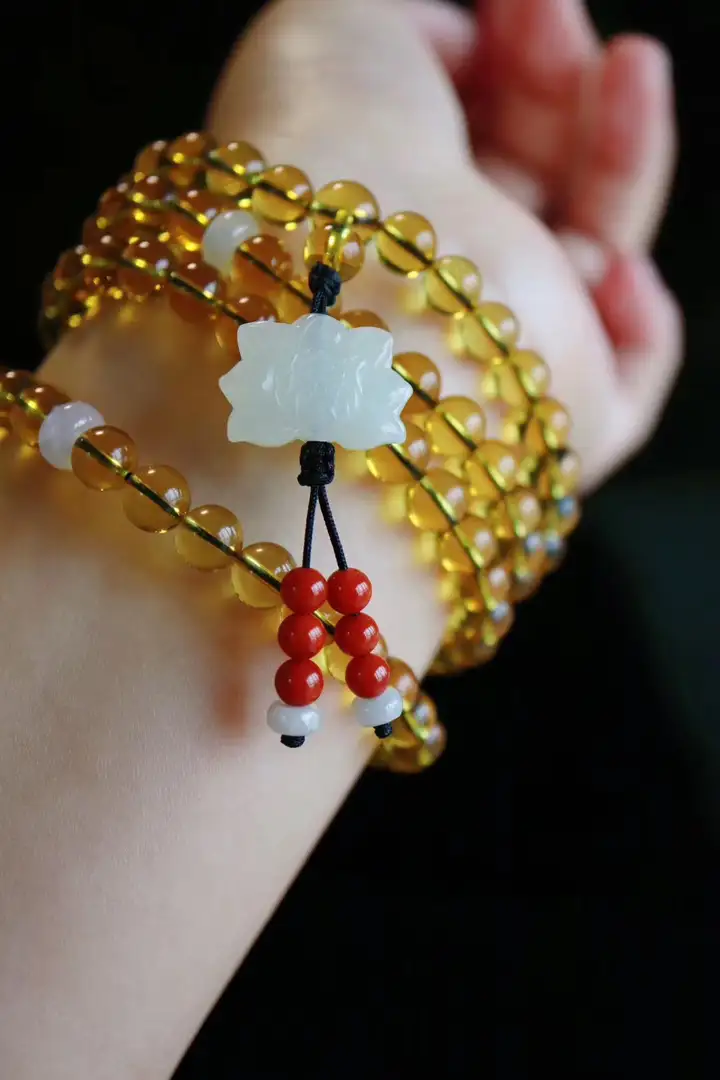

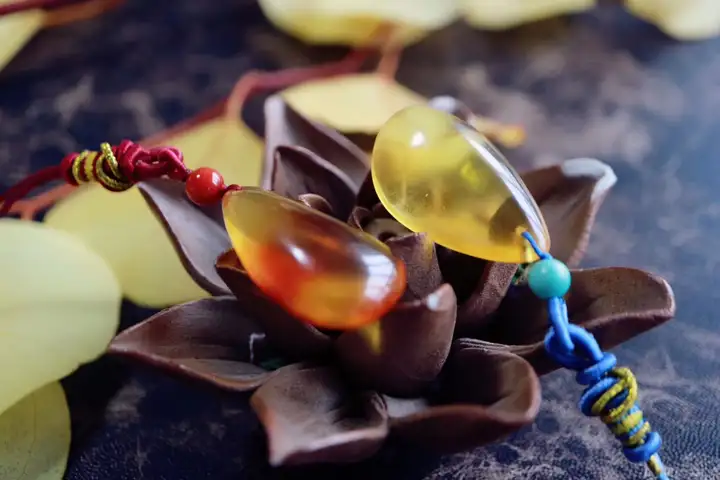

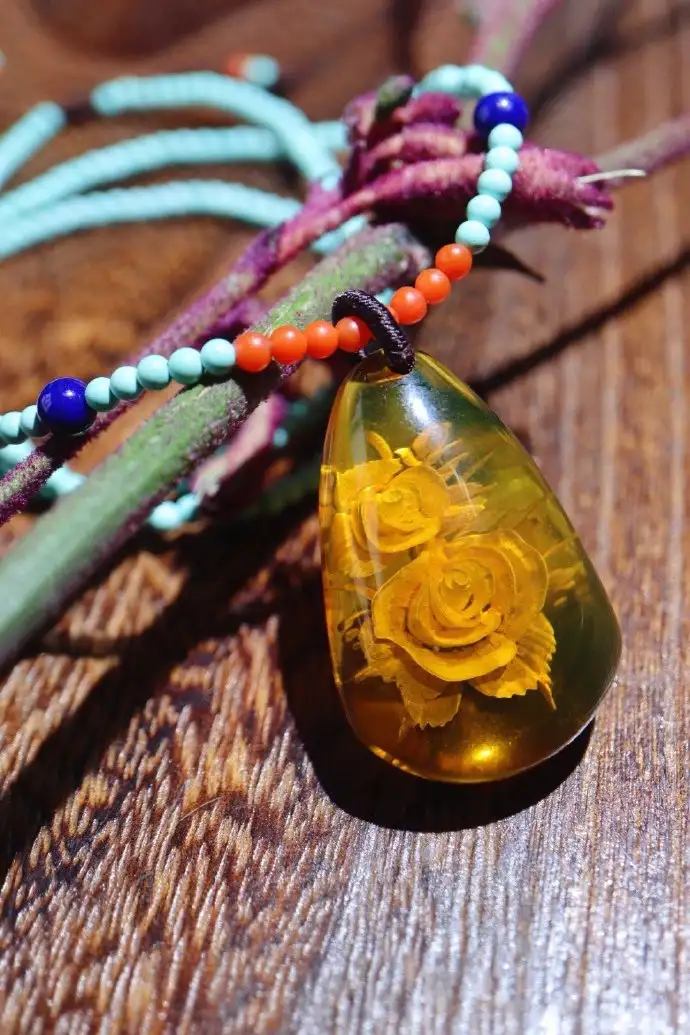
You may need this










